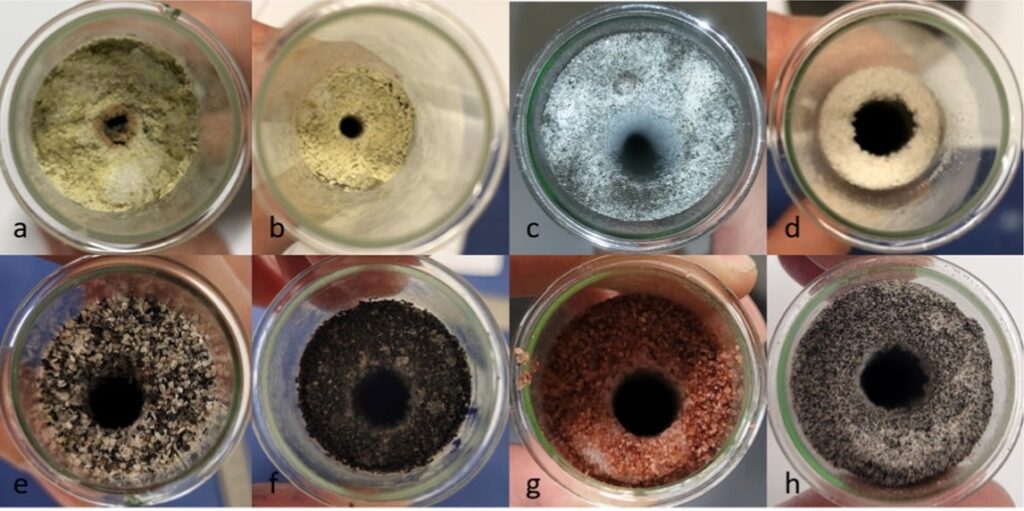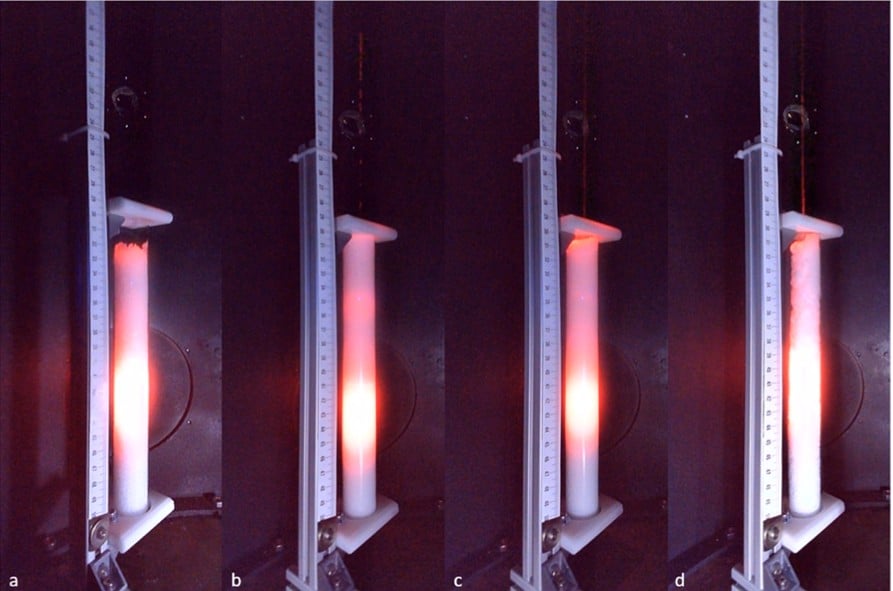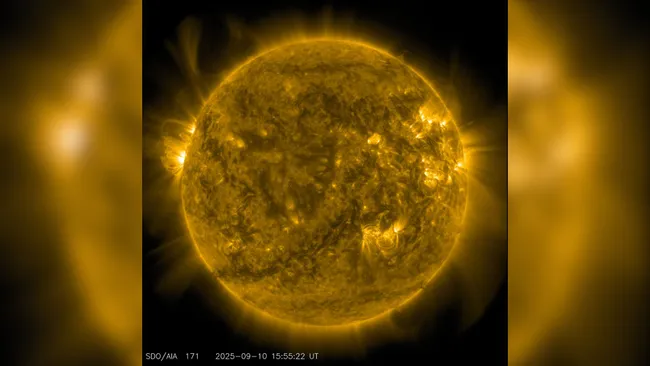Lasers can melt through extraterrestrial ice efficiently — and scientists believe this breakthrough could completely transform how we explore icy moons, comets, and polar regions on Mars. A new study published in Acta Astronautica by researchers at the Technical University of Dresden presents an innovative laser drilling system designed specifically for use on icy bodies across the solar system.
This new approach could solve one of space exploration’s biggest challenges: how to dig deep into alien ice layers with limited power, limited storage, and without bringing massive, heavy drilling systems aboard a spacecraft.
The Challenge of Drilling Through Extraterrestrial Ice
Traditional ice exploration relies on cryobots, long heated probes that melt ice through direct contact. While cryobots have been proposed for decades, they face several serious challenges:
- High power requirements: Cryobots can demand kilowatts of power, while most landers only generate a few hundred watts.
- Bulk and weight: Longer cryobots require more material, which is difficult and costly to transport to another planet or moon.
- Vacuum environment issues: In space or on comets, ice tends to sublimate (turn directly into vapor) instead of forming liquid water, weakening thermal contact and slowing melting progress.
All of these issues make traditional drilling slow, power-hungry, and potentially impractical for future missions to icy worlds like Europa, Enceladus, or Mars’ polar caps.
How Lasers Can Melt Through Extraterrestrial Ice Efficiently
Instead of pushing a hot probe into the ice, the TU Dresden team used a 1550nm infrared laser to melt and sublimate the ice from a distance. This wavelength was chosen because it is strongly absorbed by ice, maximizing energy transfer.
The laser drilling system offers several advantages:
- Low power consumption: The laser used only 10–20 watts of power, far less than cryobot systems.
- Contactless operation: The laser does not need to physically touch the ice, making the system more versatile.
- Material return potential: Sublimated ice carries dust and particles upward, allowing landers to collect samples for analysis without inserting probes.
The team tested three types of ice samples in a vacuum chamber to simulate extraterrestrial conditions:
- Clear ice: Achieved a drilling rate of 1 meter per hour with under 20W of power.
- Granular ice: Performed even better, reaching 1.7 meters per hour with only 12.7W.
- Dusty ice (50% dust): Delivered the best result, drilling 3.1 meters per hour with just 10W of power.
This improvement in dusty ice is particularly exciting, as many planetary ice deposits contain significant dust and rock content.
The Benefits for Future Space Missions
If scaled up, this system could allow landers and probes to:
- Drill deeper into icy crusts with much less power.
- Access subsurface layers on Europa, Enceladus, and Mars for habitability studies.
- Capture pristine samples for chemical and biological analysis.
- Operate continuously, since lasers can run for extended periods without heavy wear.
Because lasers can melt through extraterrestrial ice efficiently without heavy mechanical parts, they could reduce spacecraft mass, lower costs, and increase mission duration — all critical factors for interplanetary exploration.
Technical Challenges That Remain
While the results are promising, the study also highlighted limitations:
- Narrow boreholes: The holes drilled were only 6.15 mm wide, too small for most probes. Future systems will need to widen boreholes or deploy micro-instruments.
- Pressure buildup risk: Deep holes could cause ice to melt instead of sublimate, reducing efficiency.
- Dust contamination: Ejected dust may coat mirrors and optics, decreasing laser power. Engineers must design cleaning systems or protective covers.
- Structural stability: Boreholes on Earth can collapse at certain depths; whether extraterrestrial ice remains stable depends on local gravity and temperature conditions.
Despite these challenges, the study represents a major step toward practical extraterrestrial ice exploration.
Why This Matters for Planetary Science
Exploring subsurface ice is one of the most important goals of modern planetary science. Beneath the ice of Europa and Enceladus, scientists suspect there may be liquid oceans capable of supporting microbial life. On Mars, drilling through polar ice could reveal trapped atmospheric gases or ancient climate records.
If lasers can make this process cheaper and more efficient, future missions could explore deeper, faster, and with smaller landers — opening a new era of planetary discovery.
The Future of Laser Drilling in Space
The TU Dresden researchers plan to refine the technology by improving optical systems, preventing contamination, and experimenting with different power levels. A fully autonomous system could one day be deployed on robotic missions.

As study lead Martin Koßagk noted, even though the experiment only drilled 25 centimeters into ice, it proves that a laser system could theoretically drill for hours — reaching several meters in depth. This would be a major leap toward accessing previously unreachable regions of alien worlds.
A Game-Changer for Icy Worlds
With more testing and engineering refinements, we may soon see a future mission where lasers can melt through extraterrestrial ice efficiently, helping scientists unlock the secrets hidden beneath icy crusts.
From Mars’ polar caps to the ocean worlds of Jupiter and Saturn, this breakthrough could bring us one step closer to answering one of humanity’s greatest questions: Are we alone in the universe?
Source: Universe Today


